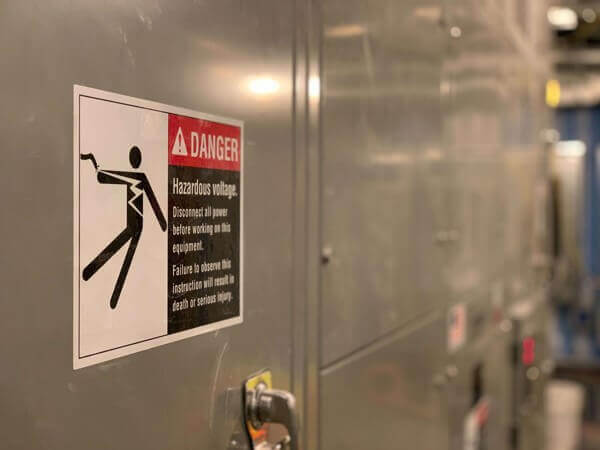How to Write a Risk Assessment


Risk Assessments for the workplace
Risk assessments are often seen as a hassle - something that has to be done before a job can be undertaken. In this article, we explain how to write a risk assessment successfully, as well as stressing the importance of an effective risk assessment.
Download Our Free Risk Assessment Template
When learning how to write a risk assessment, the first step to success is to download our free risk assessment template. This will make the rest of this tutorial much more simple and easier to follow.
What is a Risk Assessment?
A risk assessment is a health and safety document that identifies risks in the workplace and outlines control measures to reduce the likelihood of an injury occurring. The document should be simple, concise, and easy to understand for those carrying out highlighted tasks.
It can be easy to see risk assessments as a hassle, but they are a necessary evil to minimise risks in the workplace, especially those that are at more risk, such as construction sites.
A risk assessment template not only identifies potential hazards, but plans for the worst. A good risk assessment should outline actions to remove hazards, as well as introducing control measures to minimise risks and reduce the severity of injury where a hazard cannot be completely removed.
The content of risk assessments will vary based on the industry you’re working in, and the project at hand. However, the key elements to include in a risk assessments are:
Potential hazards
When writing a risk assessment, the first step is always identifying any potential hazards. This includes the likelihood of them occurring, and severity of potential harm.
You will never be able to identify every single possible risk, and stop every accident from occurring, but the aim of a risk assessment template is to eliminate risks where possible, and control risks that cannot be removed. The most important takeaway from a risk assessment is education - ensure that everyone on-site is made aware of the potential hazards around them, and how to avoid related accidents.
People at risk, and how they are at risk
Once potential risks have been identified, you will then need to identify the specific people, or group of people, that are at risk. This may be employees working in the affected area, sub contractors, other members of staff that don’t usually work in that area, and members of the public. It’s also important to consider disabilities when working on this section as those with disabilities may require different preventative measures.
You must also detail how the hazard could lead to an injury for those people.
Actions already in place
Once you have reviewed hazards on-site, you then need to review actions that are already in place to reduce the risk of accidents and injuries. You might think that, because these actions are already in place you don’t need to worry about them, but it is always best to ensure that every reasonable precaution has been taken to minimise risks.
It is also important to ensure that employees and contractors are made aware of these actions. Education is key for minimising risks in the workplace.
Further actions required
This section takes the risk assessment template a step further; it is here to outline room for improvement to management and policy makers. If you have identified any risks that are not covered by actions already in place, provide a set of instructions/actions to counteract the risk, ensuring that they are carried out.
The last three columns in our free risk assessment template help to achieve this as they show the initials of those responsible for carrying out the action, additional control measures, and the target date of when the actions should be completed.
Target dates
Make sure to include a target date in your risk assessment as this provides a deadline for management to complete any outlined actions, and will encourage a prompt response. This is also a good way of highlighting the more important actions and showing priorities.
Substance risks
To review substance risks, a separate COSHH assessment may be required in some cases, but the main thing to consider is what substances are on your site that pose a risk. This could be something obviously harmful such as acids and chemicals, or as tame as general cleaning products. It’s important to recognise the risk that they pose and have a plan should the worst happen.
Click here to view our more detailed COSHH Assessment Templates.
If you’ve read this blog and need further guidance on how to write a risk assessment, first check out our video tutorial below which takes you through the process step-by-step.
If you still need help learning how to write a risk assessment, feel free to get in touch with us. Our friendly team will be happy to guide you through the process and make sure you know how to write a risk assessment successfully.

 CART
CART